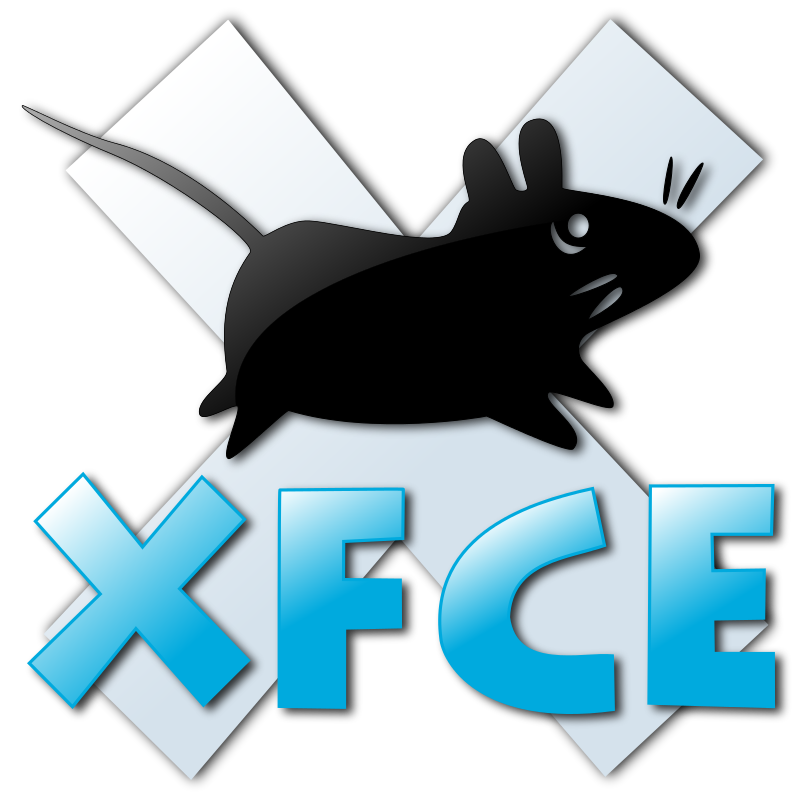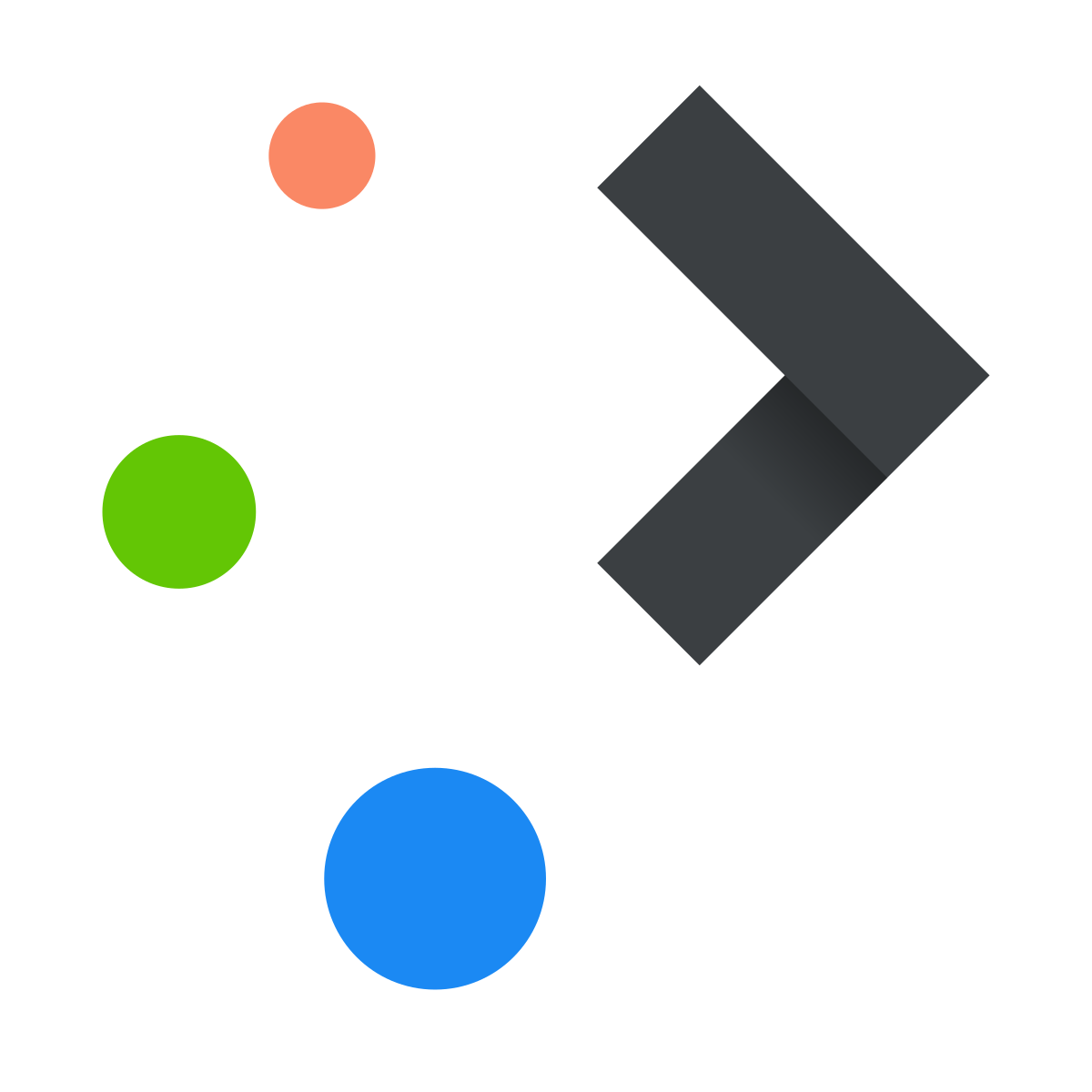-

Figma Tips and Tricks for Enhanced Productivity in 2023
In the fast-paced world of design, efficiency and productivity are paramount. As designers strive to create exceptional user experiences and captivating visuals, having the right tools at their disposal is crucial. Figma, a cloud-based design tool, has gained widespread popularity for its collaborative features and intuitive interface. In this article, we will explore a comprehensive set of tips and tricks to enhance productivity using Figma in 2023. Whether you’re a seasoned designer or a beginner, these tips will help streamline your design workflow, boost creativity, and improve collaboration with your team. Understanding Figma and Its Significance in Design What is
-

LXDE
Now that we mentioned the option of a shell to install on low-power machines, it’s definitely worth mentioning LXDE as well. It is an incredibly lightweight Linux desktop environment that is performance-oriented and requires even fewer resources than XFCE. It does not require any hardware acceleration. It is very fast, flexibly configurable and doesn’t take up much RAM space. I have used it on old hardware, and it worked perfectly, without any lags. I was extremely pleased with the simplicity and ease of setup.
-

Cinnamon
Cinnamon is of course one of the most popular desktop environments. It comes by default only with Linux Mint. It is an offshoot of the GNOME desktop environment, so the requirement for 3D hardware acceleration is worth remembering here. Although it can handle software rendering, it will be very slow. Cinnamon is a good choice for those who have just switched from Windows, as this shell is the closest to it in appearance. The environment is gentle on resource consumption, making it an ideal candidate for a slightly older machine that can no longer handle Windows. Since I use Linux
-

XFCE
If you have an old or not very powerful machine, such as an old netbook, XFCE is an excellent choice. It is quite lightweight and strikes a balance between lightweight desktops such as LXDE or LXQt and full desktops such as KDE and GNOME, described above. The shell is light on computer resources, with plenty of customization options on-board. All this makes XFCE one of the cleanest and easiest environments to use, especially when you want a non-resource intensive environment with no hardware acceleration. My experience with this shell has been overwhelmingly positive. I used it for about a year,
-

GNOME graphic interface
GNOME (GNU Network Object Model Environment) is one of the popular desktop environments in the Linux world. It is constantly supported and is quite easy to integrate with hardware and software. Worth mentioning is the fact that Canonical has even adopted GNOME as the default desktop environment for Ubuntu. However, it should be remembered that GNOME is not the easiest tool to use. The design is quite different from the familiar Windows interface, and for initial interaction and ease of use, you will have to fiddle with existing extensions. For example, if you need a Windows-like taskbar for apps or
-

KDE Plasma
After GNOME, the K Desktop Environment (KDE) Plasma is the most used and customizable desktop environment for Linux. It offers an oh-so wide range of options. For example, if you want to do something windows- or macOS-like, you can do it with a little effort. If you like to tinker with the system configuration and you are willing to put some effort, then Plasma is for you. One could call it the “Swiss knife” in the Linux desktop world. Unlike Ubuntu Unity 3D, it requires hardware 3d acceleration to run smoothly.
